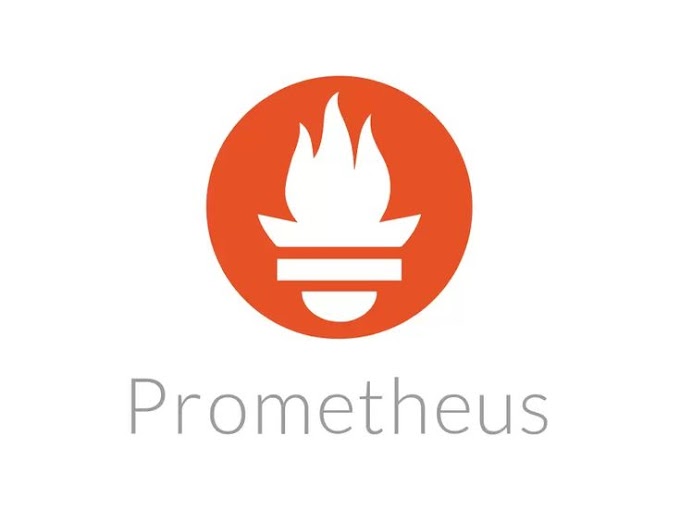STEP 1:
Step 1: Launch an EC2 Instance
- Sign in to AWS Console:
- Go to the AWS Management Console, and sign in.
- Navigate to EC2:
- In the AWS Management Console, navigate to the EC2 service.
- Launch an Instance:
- Click on "Launch Instance" to create a new EC2 instance.
- Choose an Amazon Machine Image (AMI):
- Select a Windows AMI of your choice.
- Choose an Instance Type:
- Select an instance type based on your requirements and click "Next."
- Configure Instance Details:
- Configure settings like the number of instances, network settings, etc. Adjust as needed and proceed.
- Add Storage:
- Configure the amount and type of storage. The default settings are usually sufficient for a static website.
- Add Tags:
- Optionally, add tags for easier identification.
- Configure Security Group:
- Create a new or use an existing security group. Ensure that port 80 (HTTP) is open.
- Review and Launch:
- Review your settings and click "Launch."
- Choose Key Pair:
- Select an existing key pair or create a new one. This will be used to securely access your EC2 instance.
- Launch Instances:
- Click "Launch Instances."
Once, the configuration is completed, it will appear like in the below image.
STEP 2:
Connect your Instance Using the following steps:
- Generate a Password using our keypair.
- Connect our instance using RDC (Remote Desktop Connection).
Once, the password is Generated, we can Proceed to connect our instance locally using RDC (Remote Desktop connection).
After entering our Instance Public IP, It leads to the below page. There select “Use a different account”, and then enter the username and password.
Once you Connected to the Instance, it looks like the below image.
STEP 3:
Click “Windows” button and select the “SERVER MANAGER”
For the first few minutes it looks like the below image.
After sometimes, new tab will appears, after that click the “ADD ROLES AND FEATURES”
Install the web Server (IIS) , which is shown in the below image, after selecting the server roles leave the rest as default.
Installation of web server is completed which is shown in the below image.
After the completing installation of webserver the new file path will appear “C:\inetpub\wwwroot”.
Copy your static webpage code and replace it in the directory, which is shown in the below images.
You can Download plenty of static webpage in online. I used sample webpage for this documentation.
THANK YOU FOR WATCHING!!.....




.png)
.png)
.png)



.png)
.png)
.png)
.png)
.png)
.png)
.png)
.png)

.png)






No comments:
Post a Comment